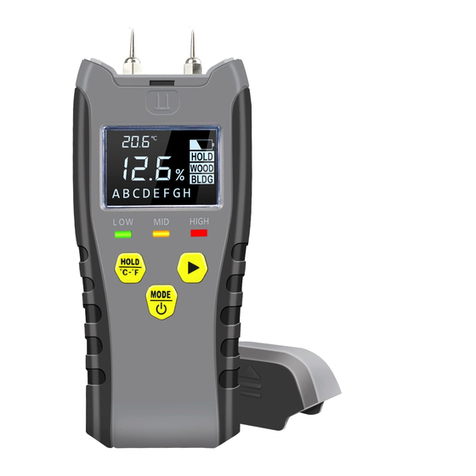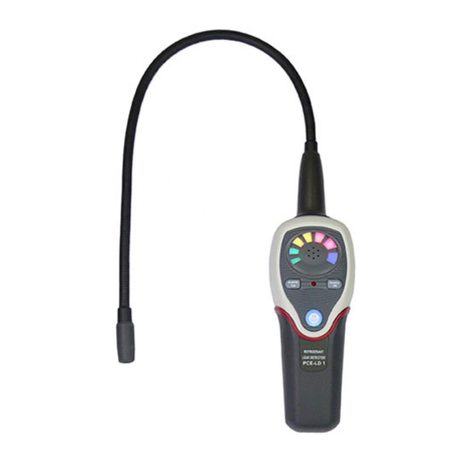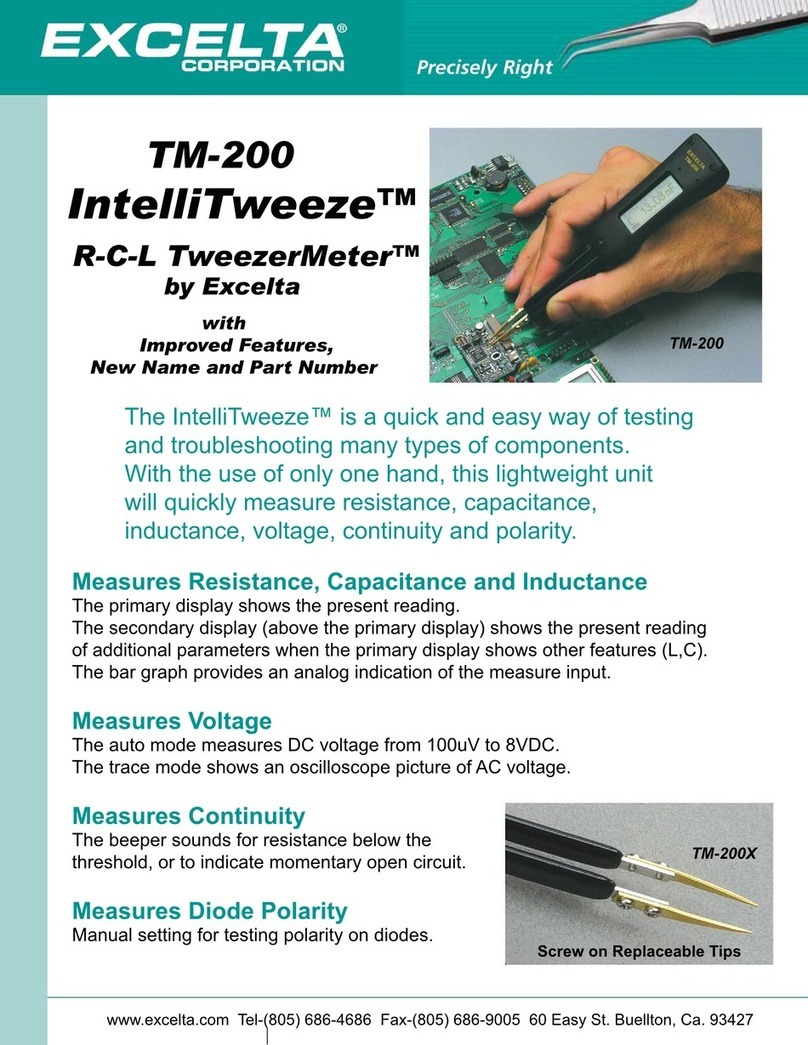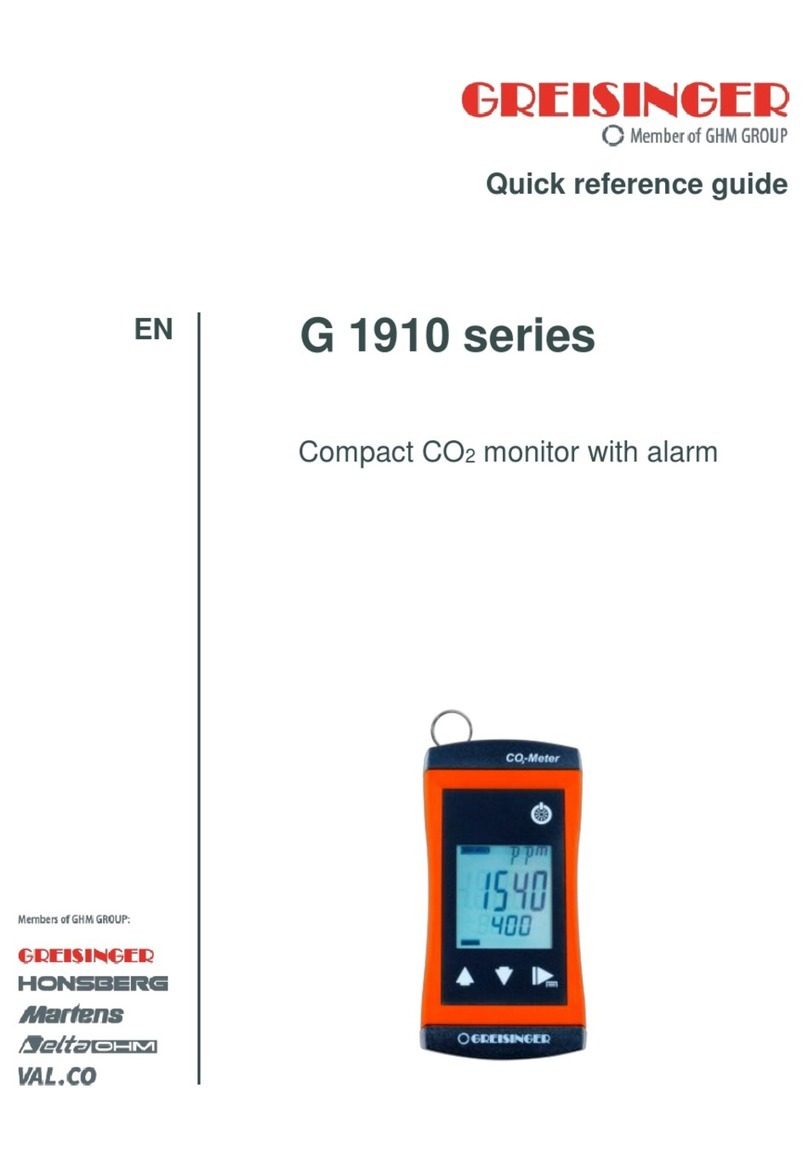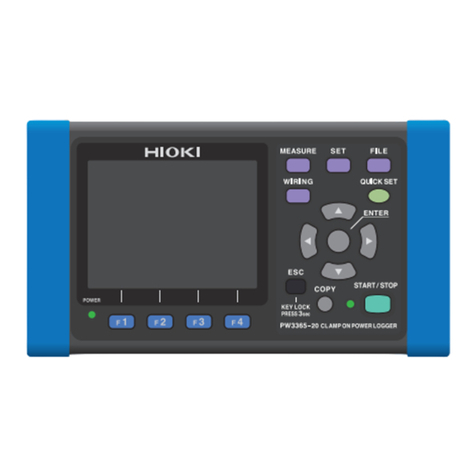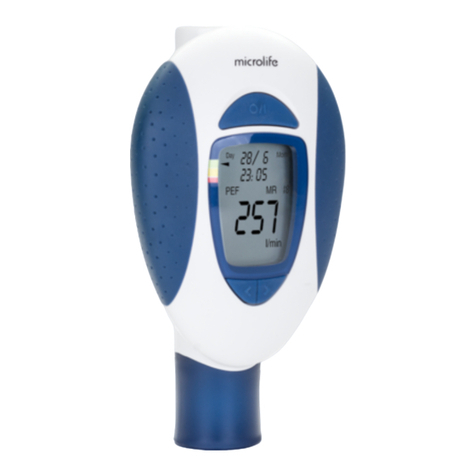Global Sources DY25 User manual

AUTOMOTIVE SHORT AND
OPEN FINDER
INTRODUCTION
1
HOW TO USE THE PROBE
CAUTION
2
This instrument is designed to identify and trace wires or
cables without damaging the insulation. You can also use it in
checking for short circuit and locating open circuit and so on.
There are a Transmitter and a Receiver included in the
instrument.
1. Only for use on DC voltage, don’t connect to circuit
exceeding42 volts DC under any circumstances.
2. Do not use on AC voltage.
3. Do not use on any circuit directly or indirectly connected to
AC lines or any other AC power source.
4. Do not use with any component or circuits of the ignition
system.
5. Before using this device, check the vehicle’s electrical wiring
and disconnect any part or system sensitive to voltage and
current pulses such as air bags, electronic control modules,
etc.
6. After you finish checking vehicle, make sure you have
correctly restored all the connections which you disconnected.
7. Always follow the instructions and procedures indicated in
the Vehicle’s service manual before attempting to disconnect
any part or subsystem of the electrical circuit.
Exceeding the limits listed above when using this
apparatus, or not observing the precautions listed above can
expose you to physical injury and permanently damage your
instrument and parts and circuits of the vehicle under test.
The probe of the Receiver is built of coiled steel and may be
bent as needed, in order to reach wires in congested or difficult
areas. Depending on the circuit characteristic and sensitivity
settings, the probe will pickup the signal from the wire in a
range of positions. However, for the best possible range the
Receiver’s probe tip(blackcap) should be positioned
perpendicular(at90o) to the wire being traced and either above
or below it. See Figure 1.
cable
Figure 1
SETTING SENSITIVIT Y LEVEL
WIRE TRACING
Note: Observe the limits and safety precautions at all
times.
1. Set the switch of Sender to "TONE", the red LED of Sender
lights, if the red LED doesn’t light, please check the battery.
2. Switch Receiver on , set the rotary switch in middle position.
Press and hold TEST button, meanwhile move the sensor
close to the test lead of Sender. Receiver receives the signal
and give audio signal. if so, it means that the unit works
correctly.
3. Connect the black test lead to the circuits positive supply(or
to the negative for vehicles with positive supply connected to
chassis). Connect the red test lead to the wire to be traced. A
fuse socket(in place of the blown fuse),connector, etc. is
convenient place.
4. Set the rotary switch in middle position. Press and hold
TEST button., meanwhile move the probe as close as possible
to the wire to be traced. The Receiver’s sensor should be
positioned perpendicular(at 90°) to the wire being traced and
Either above or below it.
5. Receiver gives audio signal. Trace the wire by following the
audio signal of Receiver. If you move the probe away from the
wire, the audio signal will decrease and then disappears.
6. if it is difficult or impossible to get the Receiver to pick-up
any signal, please increase the sensitivity and try again. For
the suspect table place, check it twice. See Figure2 , 3.
34
Figure 2 Figure 3
CHECKING FOR SHORT CIRCUIT
Note: Observe the limits and safety precautions at all times.
1. Disconnect the power to the wire to be checked and remove
all the loads from this wire(for example: remove the lamp from
the wire).
2. Set the switch of Sender to "CONT" position. Connect the
test leads to a couple of wires which are to be checked.
3, When the resistance is less than10k ohm, the green LED of
"CONT" will tight. With all the loads having been removed, the
green LED's lighting indicates that the couple of wires are in
short circuit.
Note: Observe the limits and safety precautions at all times.
1. Set the switch of Sender to "TONE", the red LED of Sender
lights. if the red LED doesn’t light, please check the battery.
2. Switch the Receiver on, set the rotary switch in middle
position. Press and hold TEST button, meanwhile move the
LOCATING OPEN CIRCUIT
Test button
probe
rotary
switch
test lead
Fuse Socket
or Connector
To turn on Receiver or increase its sensitivity, turn the
rotary switch of Receiver clockwise. To turn off Receiver or
decrease its sensitivity, turn the rotary switch anticlockwise.
7. When you finish tracing, disconnect the test leads’
Connections ,set the Sender’s switch in OFF position . Loose
TEST button.
Receiver Sender/Transmitter

sensor close to the test lead of Sender. The Receiver receives
the signal and give audio signal. if so, it means that the unit
works correctly.
3. Connect the black test lead to the circuit’s positive supply (or
to the negative for vehicles with positive supply connected to
chassis). Connect the red test lead to the wire to be checked . A
fuse socket(in place of the blown fuse),,connector, etc. is
convenient place.
4. Switch Receiver on and set its rotary switch in middle
position. Press and hold "TEST" button and slowly sweep the
wire with the probe, ensuring the probe is perpendicular and
above or below the wire being checked and as close as
possible to it.
5. Follow the wire or check it at different points, starting from
the Sender and moving towards the load(accessory, light, etc)
observing the positioning of the probe as indicated above.
6. Continue this procedure while the audio signal indicates the
integrity of the circuit, if audio signal stops, it indicates that the
probe has passed beyond the open, break or bad connection in
the circuit. See Figure3.
7. if it is difficult or impossible to get the Receiver to pick-up
any signal, please increase the sensitivity and try again.
8. Double check by positioning the probe before and after the
suspected place. if the open circuit point has been found, the
audio indicator will show circuit integrity on the side, and not on
other .At this point, where the audio signal stops, you have
found the open circuit.
9. When you finish locating, disconnect the test leads'
connections, set the Sender’s switch in OFF position. Loose
TEST button.
56
78
WIRE IDENTIFICATION
Note: Observe the limits and safety precautions at all times.
1. Set the switch of Sender to "TONE", the red led of Sender
lights. if the red LED doesn’t light, please check the battery.
2. Switch the Receiver on, set the rotary switch in middle
position. Press and hold TEST button, meanwhile move the
sensor close to the test lead of Sender. The Receiver receives
the signal and give audio signal. if so, it means that the unit
works correctly.
3. Connect the black test lead to the circuits positive supply(or
to the negative for vehicles with positive supply connected to
chassis). Connect the red test lead to the wire to be identified.
A fuse socket(in place of the blown fuse), connector, etc. is
Convenient place.
4. Sweep all the suspectable wires until the audio signal is at
its maximum. the wire which makes Receiver give the loudest
audio signal is the wire to be identified. In the case of tightly
packed wires(bundles ,conduit, etc.), it may be necessary to
spread these apart to facilitate the identification process of a
particular wire.
5. When you finish identification, disconnect the test leads’
THE USE OF L ARGE NOISE ENVIRONMENT
BATTERY REPL ACEMENT
1.Sender Battery replacement:
Remove the screw on the back case, remove the back case,
replace the exhausted battery with a new one of
9V(6F22).Rejoin the back case and install the screw.
2.Receiver Battery replacement:
Remove the screw on the battery compartment ,remove the
battery cover, replace the exhausted battery with a new one of
9V(6F22). Rejoin the cover and install the screw.
Sender 1 pcs
Receiver 1 pcs
User manual 1 pcs
9F22 battery 1 pcs
Oxford handbag 1 pcs
EN_V0
Figure 3
Fuse Socket
or Connector
connections, set the Sender’s switch in OFF position. Loose
TEST button.
When the noise is relatively large in the environment of the
cable break point inspection, cable tracking and cable
identification operation, in order to avoid noise influence
judgment, available 3.5mm plug headset to listen.
Operation steps are as follows: turn the sensitivity of the
receiver to the minimum before insert the headset, gradually
increased the sensitivity to a moderate position of the volume
of the earphone.
PACKING LIST
Other Global Sources Measuring Instrument manuals
Popular Measuring Instrument manuals by other brands
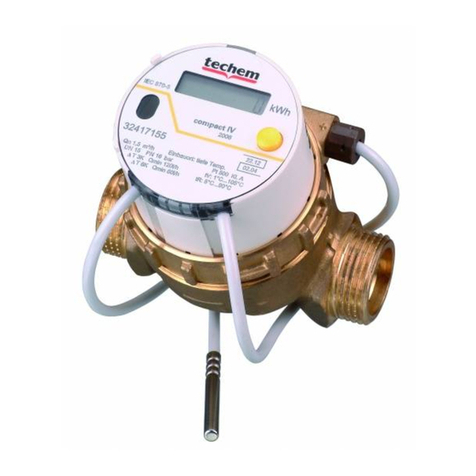
techem
techem Compact IV c operating instructions
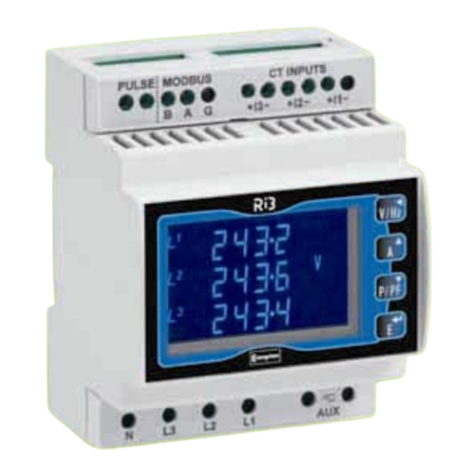
Integra
Integra Ri3 Installation and operating instructions

Schroeder Industries
Schroeder Industries HY-TRAX Operating and maintenance instructions

Hach
Hach PHC101 user manual
Onicon
Onicon System-10 BTU Meter Installation and operation guide
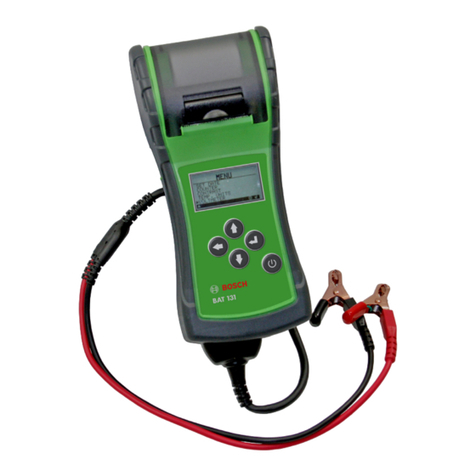
Bosch
Bosch BAT 131 Original instructions
